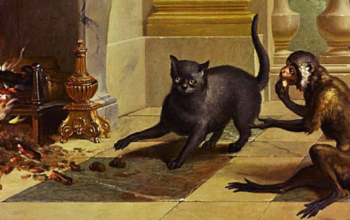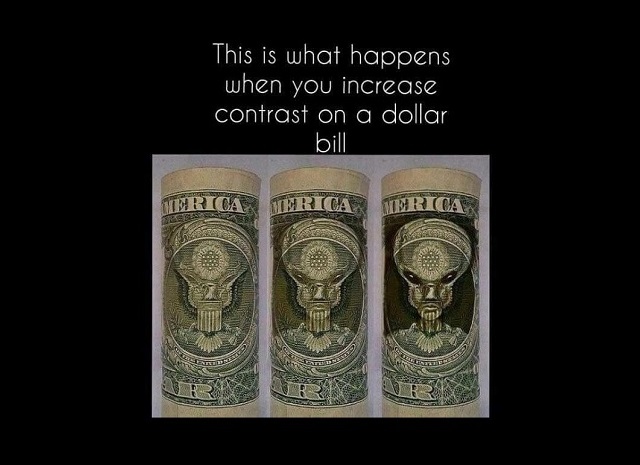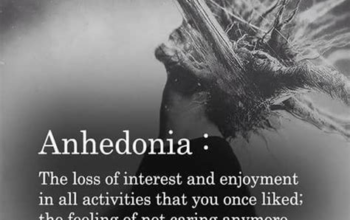
Olympic skater Tonya Harding inspires rock opera
No one around here attracts attention quite like Tonya Harding. Camera crews from local news stations as well as radio and print journalists huddled in the World Trade Center lobby recently to witness the latest installment in the ongoing Harding spectacle.
Harding, one of Southwest Washington’s most infamous residents, unwittingly inspired the creation of “Tonya and Nancy: The Rock Opera,” which chronicles the champion figure skater’s improbable rise and salacious fall from public grace.
So when the 37-year-old heard about the Triangle Productions show debuting in downtown Portland, she decided to attend the world premiere to support the project and see how it turned out.
When word spread that Harding would be there, the media horde swarmed to capture her reaction.
This darkly comic show, which continues through March 8, prominently features the modern media in the role of a Greek chorus of sorts. Per that tradition, reporters in the piece not only provide background information to the audience and bridge key moments with commentary, they also act as society’s voice of morality.
Almost like part of the show, real-life counterparts were poised near the entryway of the auditorium to pounce on Harding when she arrived and revisit ethical issues related to her fame.
Harding, seeing the phalanx of cameramen from afar through the glass doors, paused for a moment to collect herself. She took a deep breath, put on some lipstick and once again entered the fray.
This edgy opera presents both Harding and her nemesis Nancy Kerrigan as characters developing their dreams on parallel tracks, destined for a violent collision.
One has a mother who lovingly supports and nurtures her, including a scene of her kindly brushing her daughter’s hair while giving her encouragement. The other mother in the show uses her hairbrush to hit her daughter when she doesn’t skate well, admonishing her for being “nothing.” Such was Harding’s fate.
But somehow, from a humble household in suburban Portland, Harding briefly became the best female figure skater in the country, winning the U.S. Championship in 1991. She was the first woman to ever complete a triple axel in competition.
Yet her skills began to fade soon after that magical year, and her goal of earning a medal in the 1994 Winter Olympics looked unlikely if she couldn’t at least overcome her American teammate Kerrigan.
Enter the strange-but-real supporting characters — ex-husband Jeff Gillooly (powerfully played by Dale Johannes) and his friends Shawn Echkert (Todd Pozycki) and Shane Stant (Jason Coffey) — who gave this tale its unique twist. Those three conspired to take Kerrigan out of the contest with a whack on the knee that reverberated worldwide.
This show not only recreates the sordid events as they reportedly happened, it also predominately uses real quotes from the participants for lyrics and dialogue.
Songs include “Whip Her Butt,” apparently the mantra of Harding’s mother; “When You Wake Up Sleeping in Your Car in Estacada,” Gillooly’s lament when trying to avoid authorities after the attack on Kerrigan; and “The Laces Broke,” Harding’s desperate plea to judges for another turn to skate at the Olympics, symbolically her request for a second chance.
Those are just some of the journalistic gems rediscovered and incorporated by librettist Elizabeth Searle and director Don Horn. There are many others throughout the show.
This unusual attempt at theatrical authenticity turns into a fascinating experiment. It’s not a lampoon or low comedy, like one might expect from the subject matter. It’s also not musical theater in the glitzy, gooey sense.
A few of the songs soar, like traditional show-stoppers, including “You’re the One,” a duet with Harding and her father that demonstrates she did receive some love as a child, and “It’s Our Whole Life,” in which Harding and Kerrigan express that neither one of them will be satisfied with anything other than first place.
But in operatic style, composer Michael Teoli challenges cast members to use their voices as virtuosic instruments, favoring aural intensity and range at times over lyrical clarity.
Lead characters Harding (played by Beth Willis) and Kerrigan (Lilla D’Mone) are among those in the cast who struggle with some of the tougher notes. Willis and D’Mone, though, do more than stand and sing. Willis perfectly captures Harding’s physicality, while D’Mone masters Kerrigan’s moody reticence, which somewhat counteracts the occasional screeching.
Director Horn meanwhile blurs the story line. He supplies a variety of details that build sympathy for the otherwise villainous Harding. He also chips away at the “nice Nancy” facade, focusing on her affair at the time with her married manager, who was nearly twice her age, and her comments at Walt Disney World after the Olympics, when she sat next to Mickey Mouse in a parade and remarked, “This is so corny.”
Harding said after Kerrigan was attacked that she just wanted to give her rival a hug. That never happened, but after the opening night performance of this show, Harding walked in three-inch heels onto the stage and congratulated the cast, including a surreal embrace of D’Mone that led Harding to remark “I finally got my hug.” She also said, “I look at my life. Was it really that bad?”
Harding then went to the lobby to face the cameras and the questions. The chorus of media members dug into the most painful parts of her past, asking what moments she found difficult to watch, about the wedding-night sex tape that her ex-husband sold against her wishes, about her failed marriage. Harding laughed through much of the inquiry, just as she could be heard chuckling throughout the show.
“Everyone has their own skeletons,” she said. “And everyone goes through life on a roller coaster.”
She offered this review of the piece: “Watching me, but not me, it was just kind of odd. I didn’t know anything about what it was going to be like….. It was really cool.”
Dozens of audience members surrounded her in the lobby to ask for autographs and to take pictures with her. She typically charges $10 to sign and $5 for photos as a way to scratch out a living. She didn’t ask for any money on this night, although she joked about it.
She plans to start boxing again in March, she said, maybe get into the beginning levels of mixed-martial arts competitions and work more on the autobiography that she hopes to publish within a year. She said, “I’ve got to make a living somehow.”


